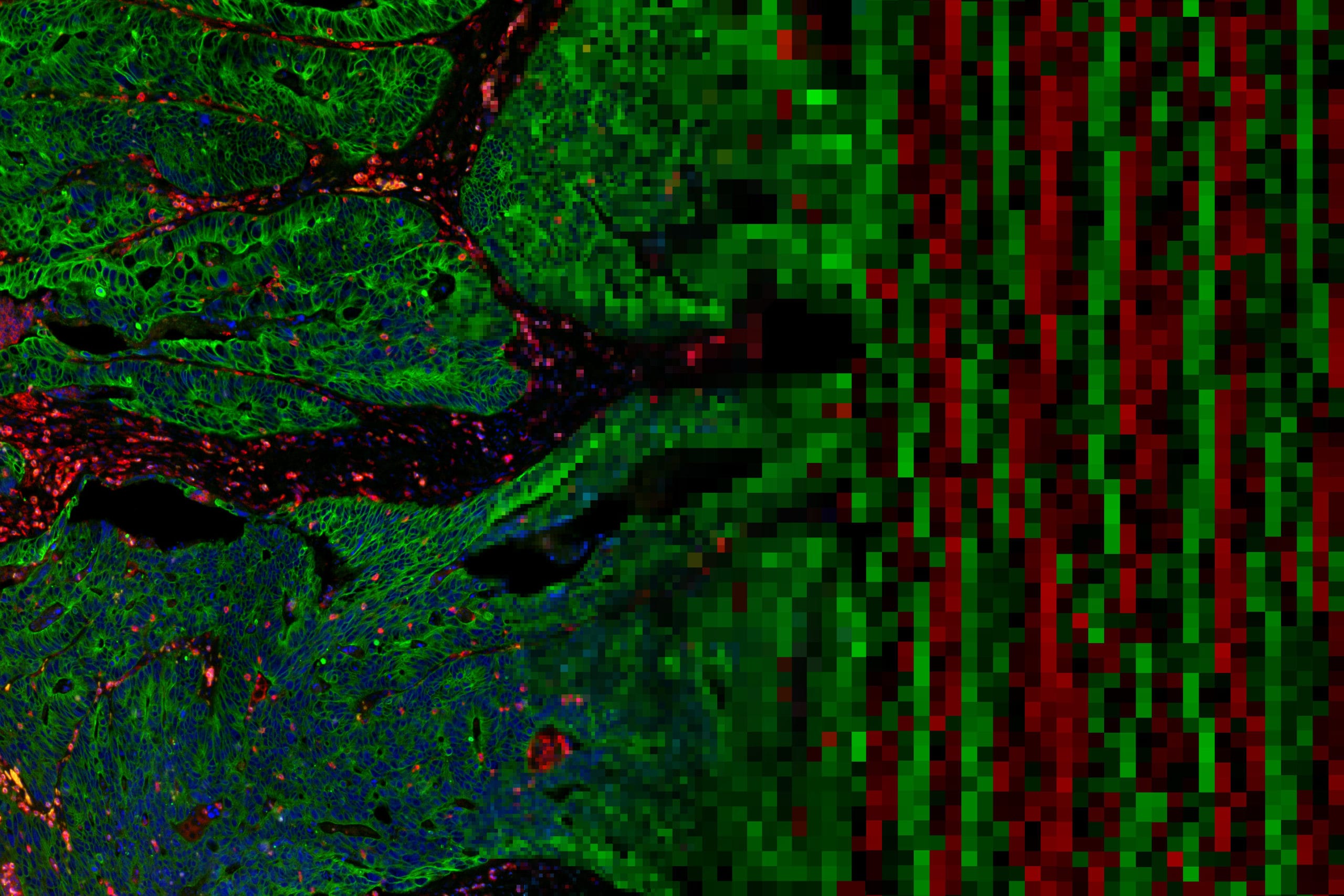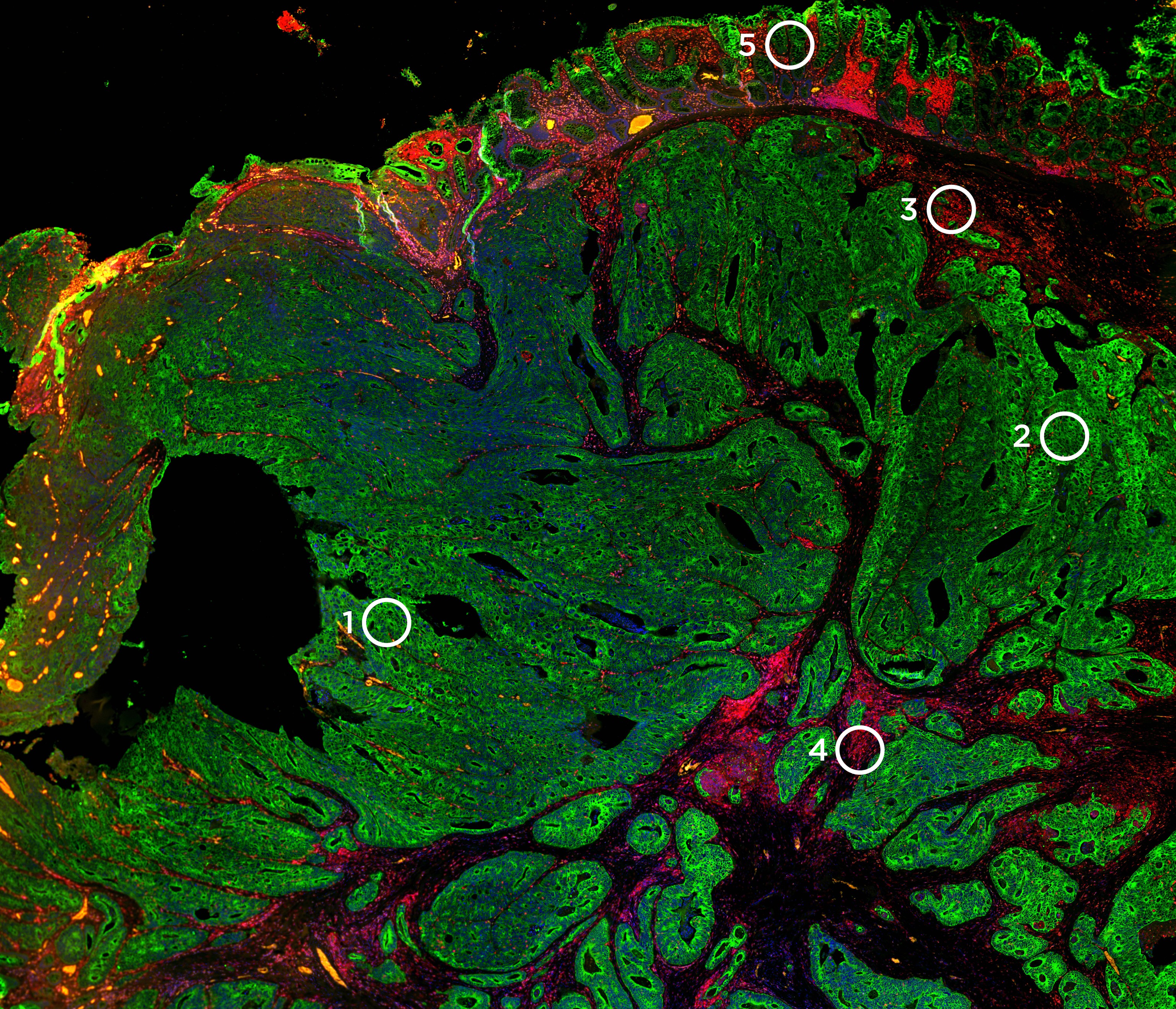
Resource Type: Blog
Blog
Q&A with Dr. Nick Reder: New Frontiers in Pathology with Digital Spatial Profiling and Light Sheet Microscopy
Dr. Nick Reder, MD, MPH, currently works at the Department of Pathology at the University of Washington in Seattle. Part of his time is spent in collaboration with mechanical engineers…
Blog
Revolutionizing Tissue Analysis with Digital Spatial Profiling
Recently, one of the early adopters of the Digital Spatial Profiling (DSP) technology, Michael Davies, MD, PhD, the Deputy Chairman and Associate Professor in the Department of Melanoma Medical Oncology…
Blog
Rediscovering Microglia: Dr. Oleg Butovsky Discusses the Untapped Potential of Microglia in Neurodegenerative Diseases
Oleg Butovsky, Ph.D., is an Assistant Professor of Neurology at Harvard Medical School. His laboratory at the Center of Neurologic Diseases in Brigham & Women's Hospital focuses on the basic…
Blog
Advancing Neuroscience Gene Expression Research
The Neuropathology and Neuroinflammation panels are the newest addition to NanoString’s curated gene expression content poised to accelerate the pace of discovery in Alzheimer’s Disease (AD), Parkinson’s Disease, Huntington’s Disease…
Blog
Breaking Boundaries with NanoString’s Digital Spatial Profiling
Recently we had a conversation with key members of the scientific leadership team at NanoString. Joe Beechem, the Senior VP of Research & Development, and Alessandra Cesano, Chief Medical Officer,…
Blog
Design of a 770-plex Gene List for the Comprehensive Study of Neurodegeneration: The NanoString® Process
Interested in performing comprehensive multiplex gene expression analysis covering six fundamental themes of neurodegeneration: neurotransmission, neuron-glia interaction, neuroplasticity, cell structure integrity, neuroinflammation and metabolism? Wondering how you can narrow down these complex…
Blog
Highlights from SITC 2017
It’s been an exciting and productive annual meeting for the Society for Immunotherapy of Cancer (SITC) 2017, full of ground-breaking science to share when back in the lab. For those…
Blog
These Will Change Your (Quantitative Data Analysis) Life and Here’s Why
Your data doesn’t fit in a box Gone are the days of assay-specific data analysis. nSolver 4.0 is analyte focused and less assay restricted. This means that any combination of…
Blog
Welcome to the nSolver™ Software Tech Blog!
We love that you’re here. Here’s why you’re going to love it, too: Fun-size articles on nSolver & Advanced Analysis. In between scientific papers, grant applications, and your other lengthy…
Blog
Characterizing Severe Autoimmune Toxicities Associated with Checkpoint Inhibitor Therapies
Immune checkpoint inhibitors (ICI) have emerged as powerful tools against cancer but in some cases have caused inflammation of organ systems that contributed to morbidity or mortality in patients. The…
Blog
The IO Revolution, Part 3 of 4: The Role of the Tumor in the Cancer Immunity Cycle
Part one of this four-part series looked at how host, tumor, and environmental factors shape tumor-immune system interactions. Part two further examined the role of the host, and in this…
Blog
The IO Revolution, Part 2 of 4: The Role of the Host in the Cancer Immunity Cycle
Part one of this four-part series looked at how host, tumor, and environmental factors shape tumor-immune system interactions. In the next few blogs, we will consider how each of these…





